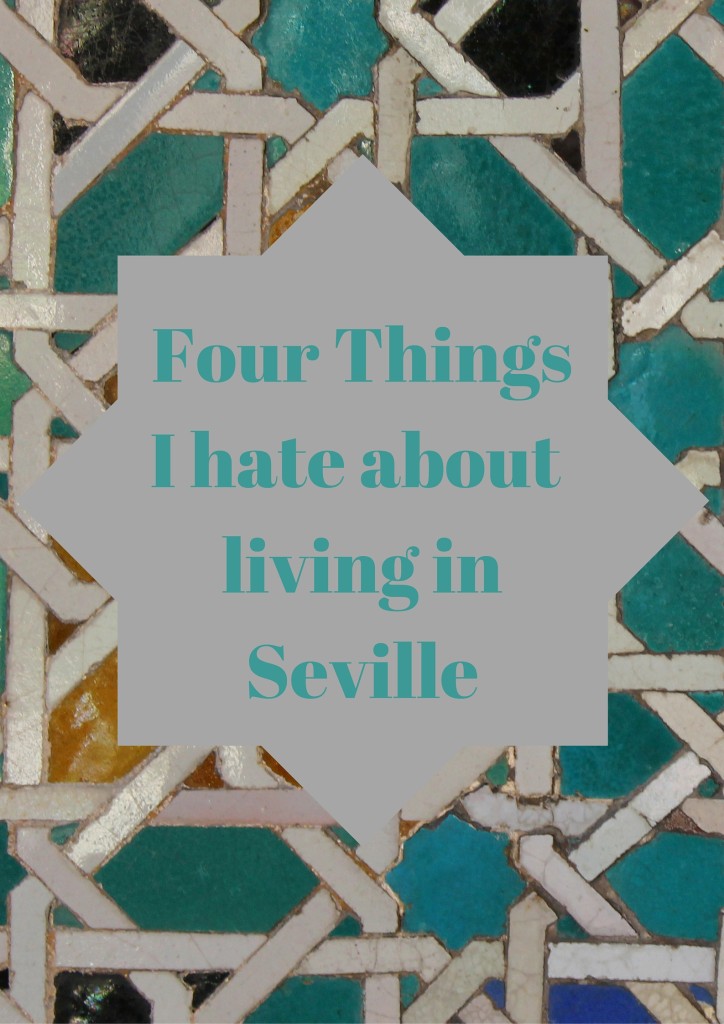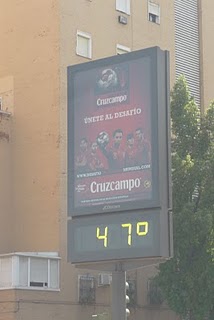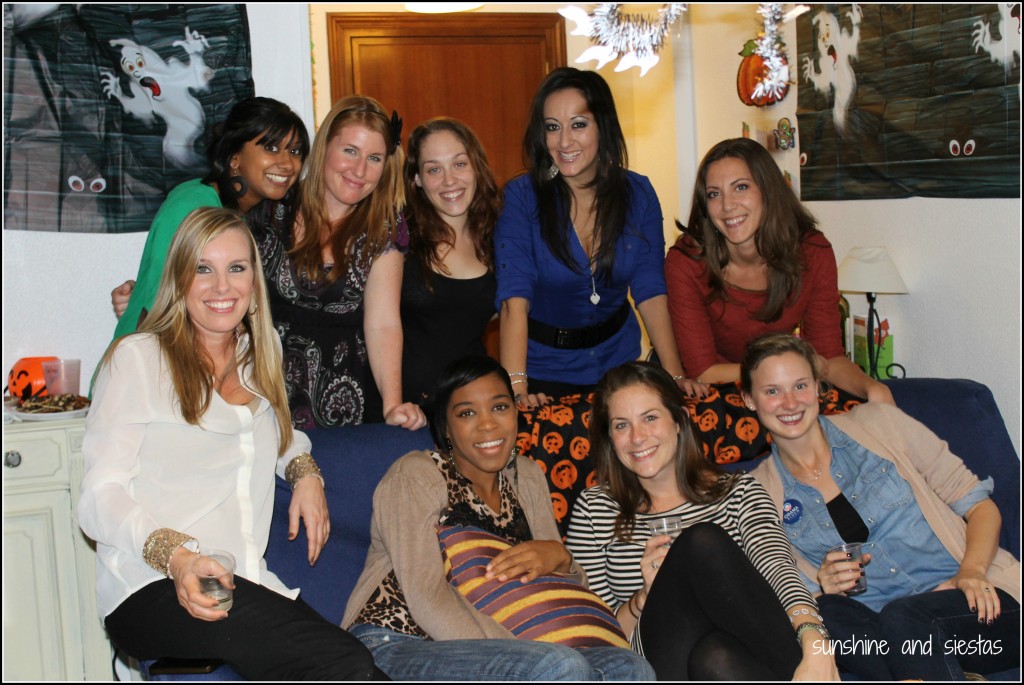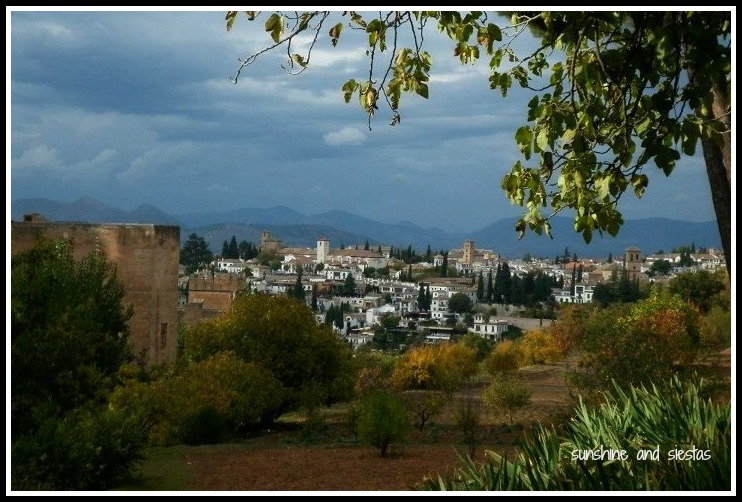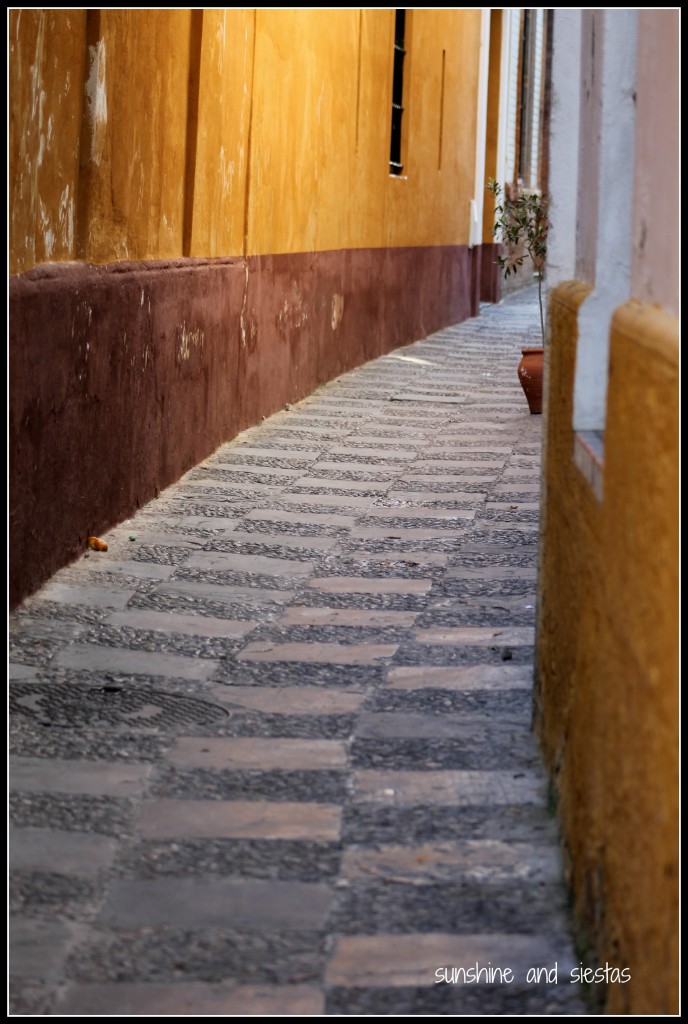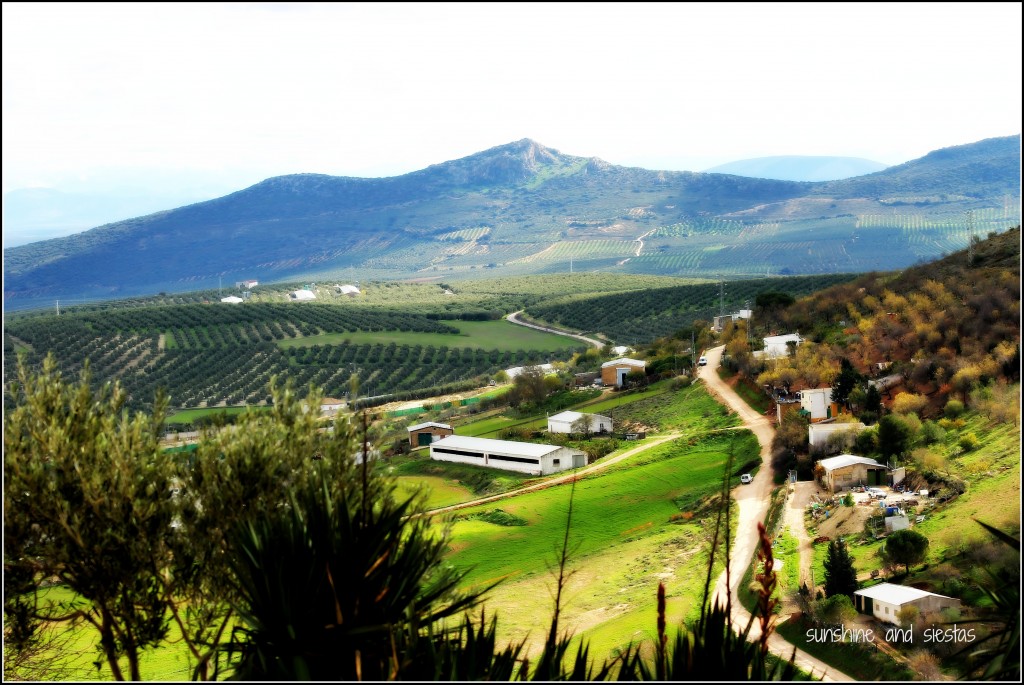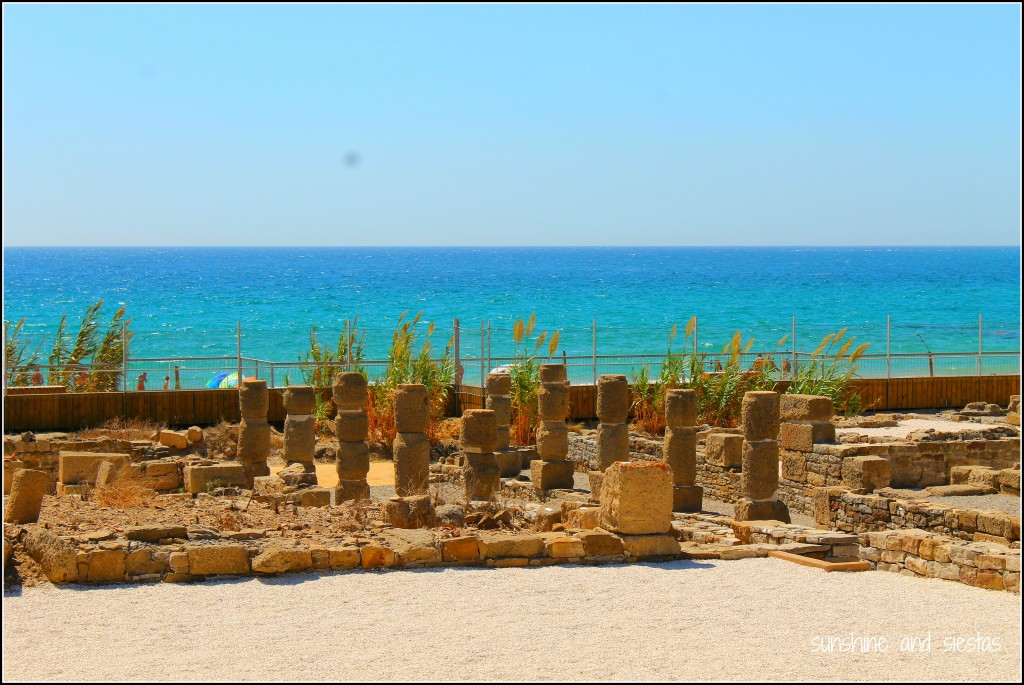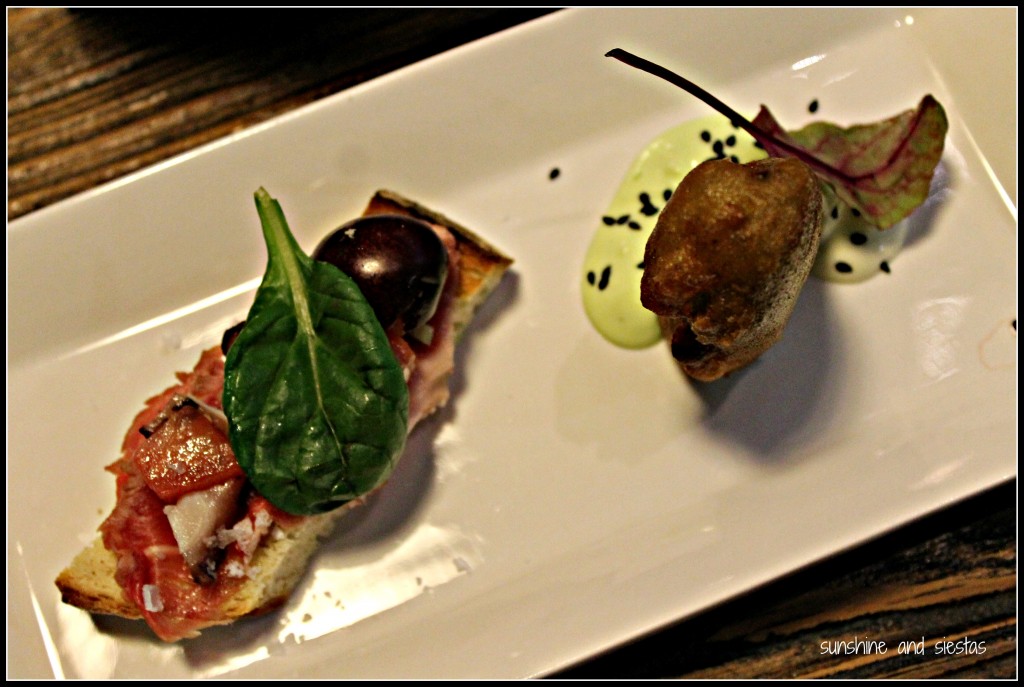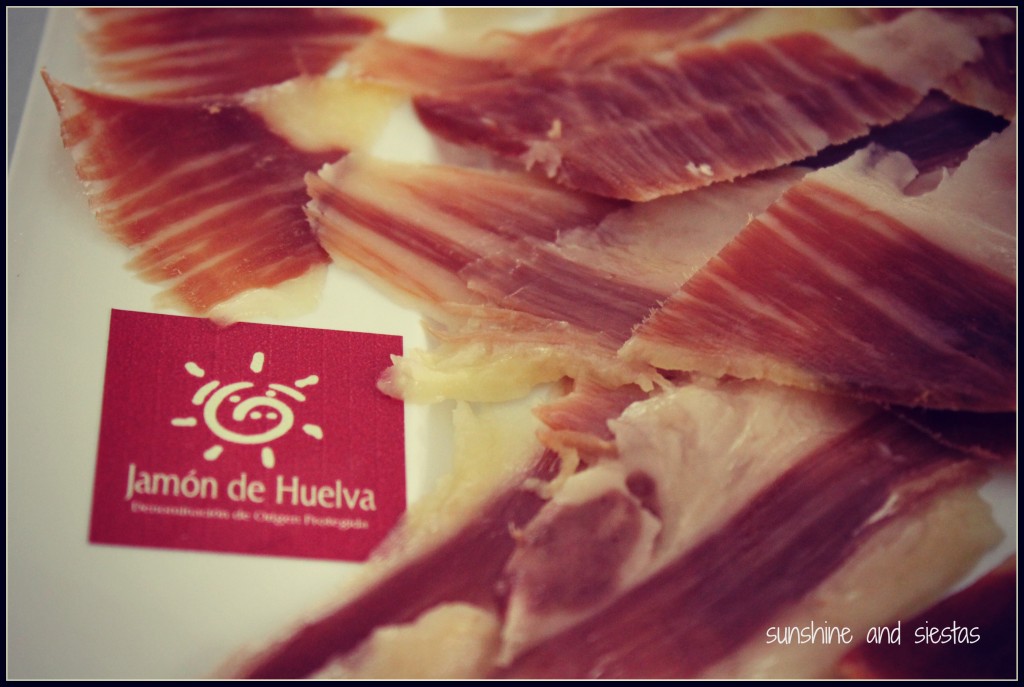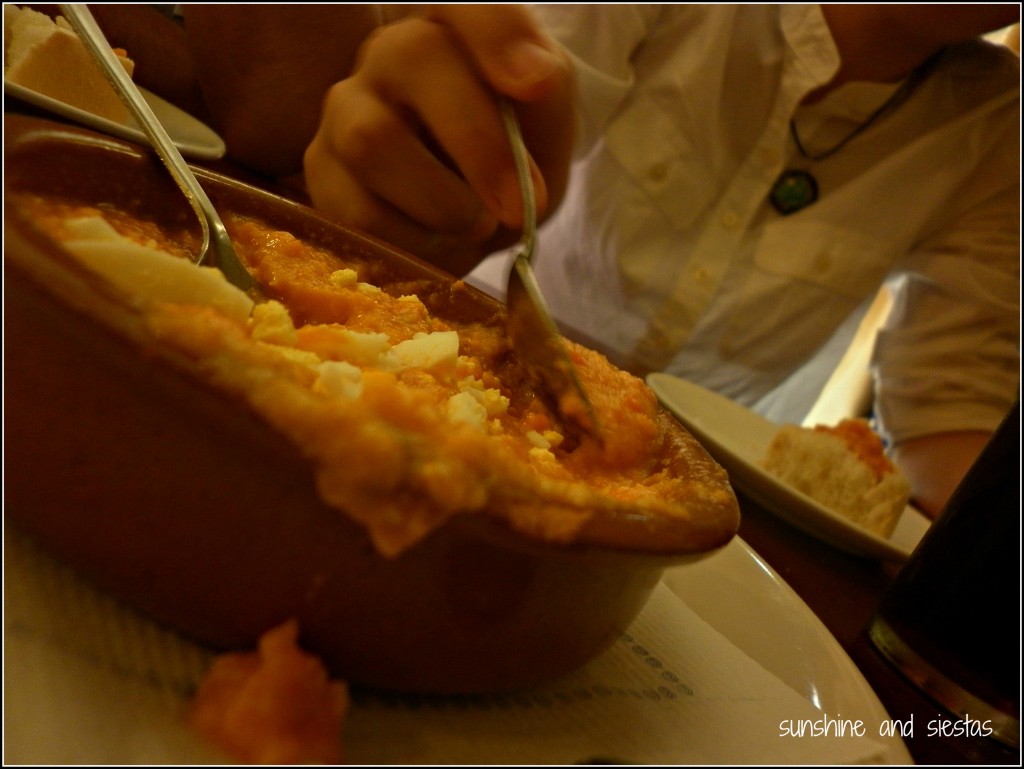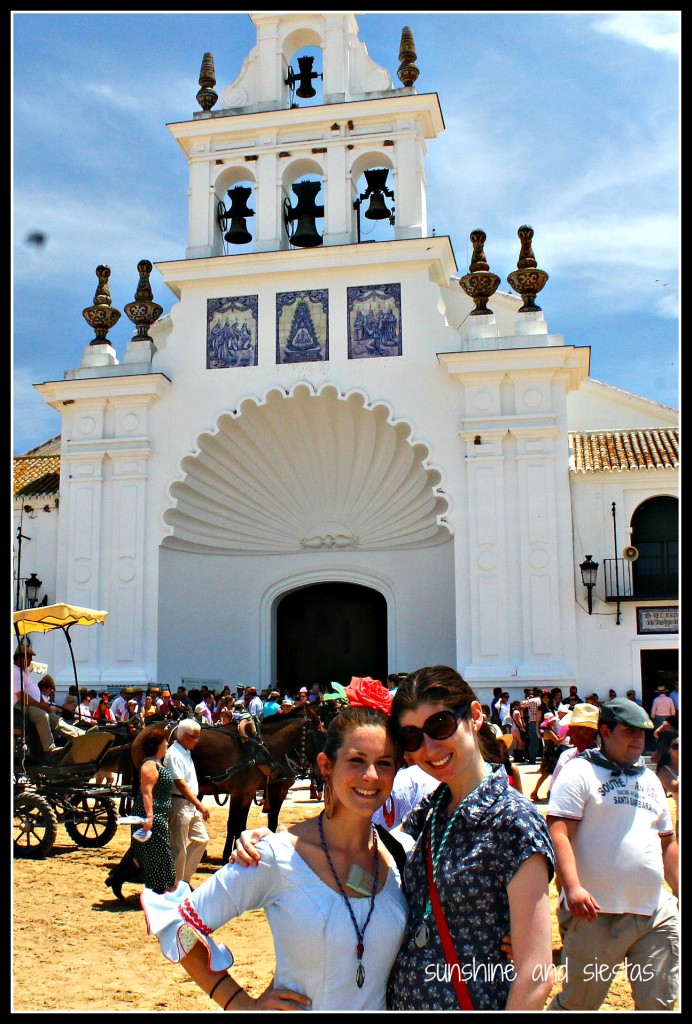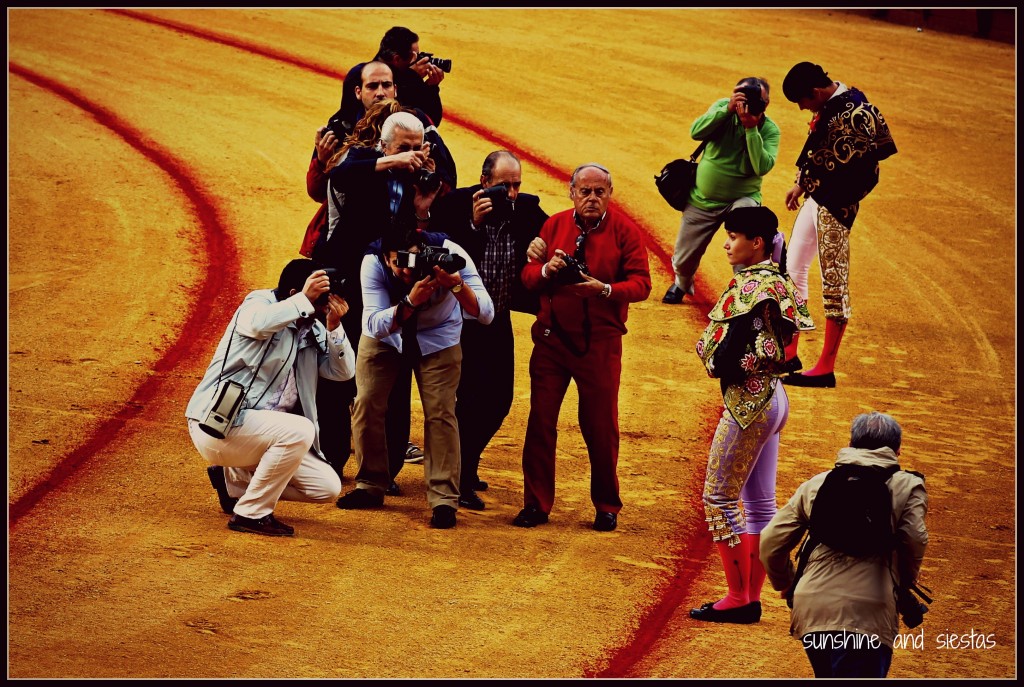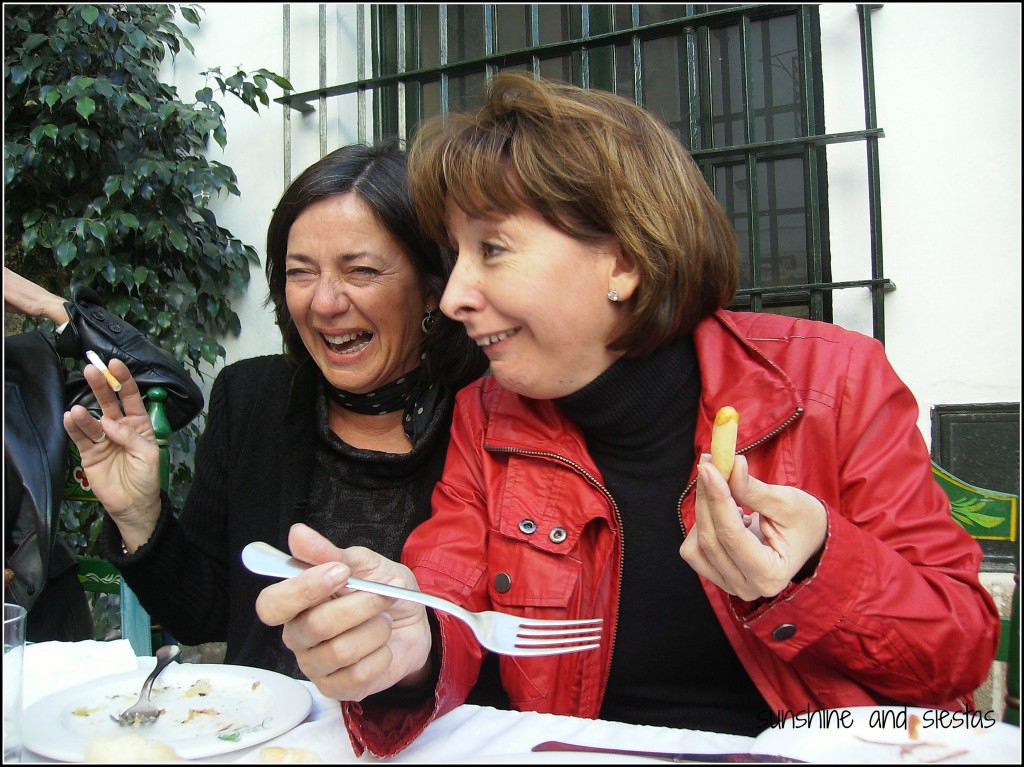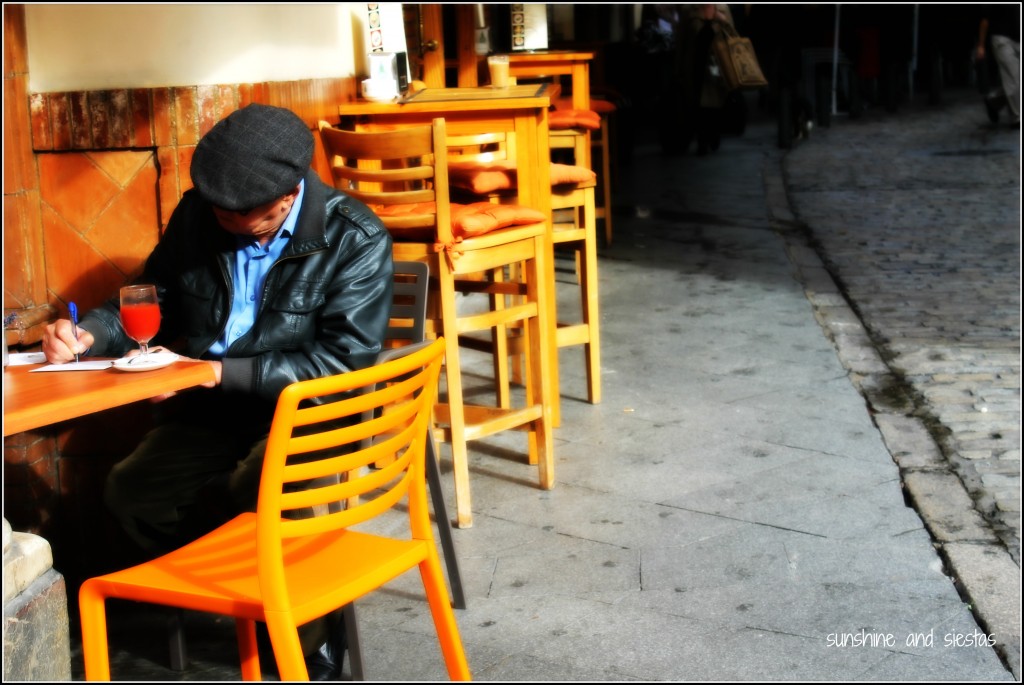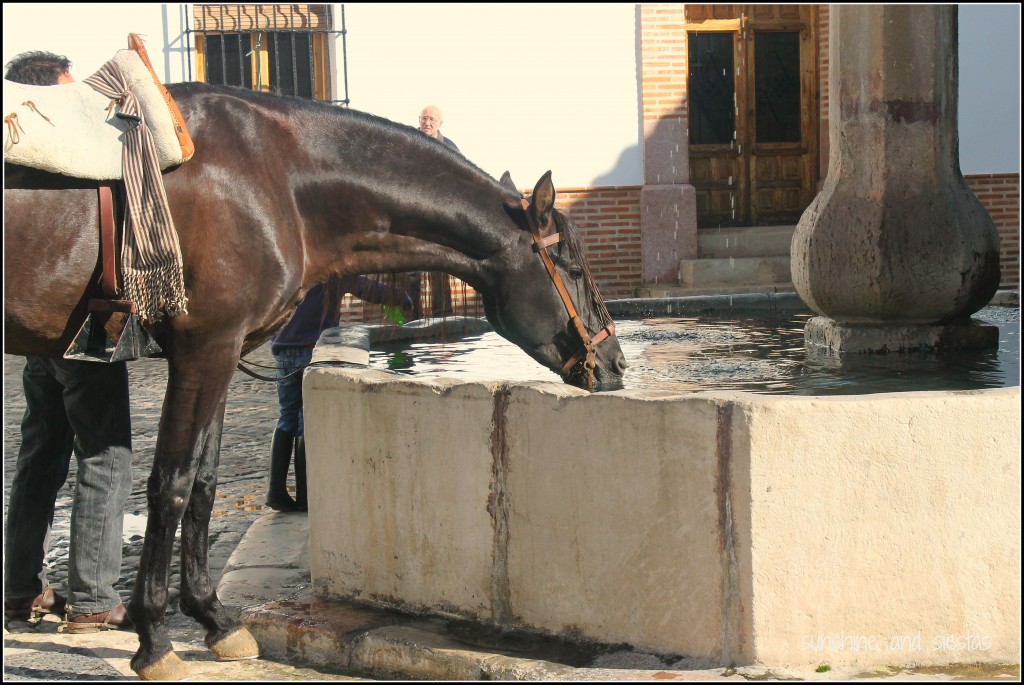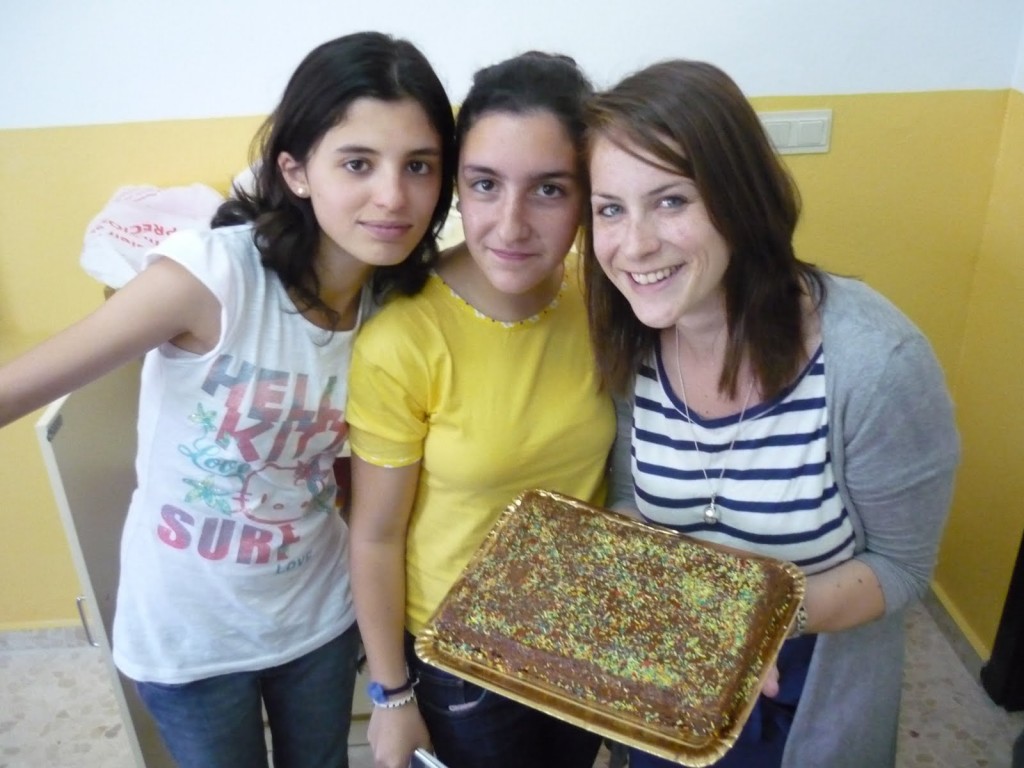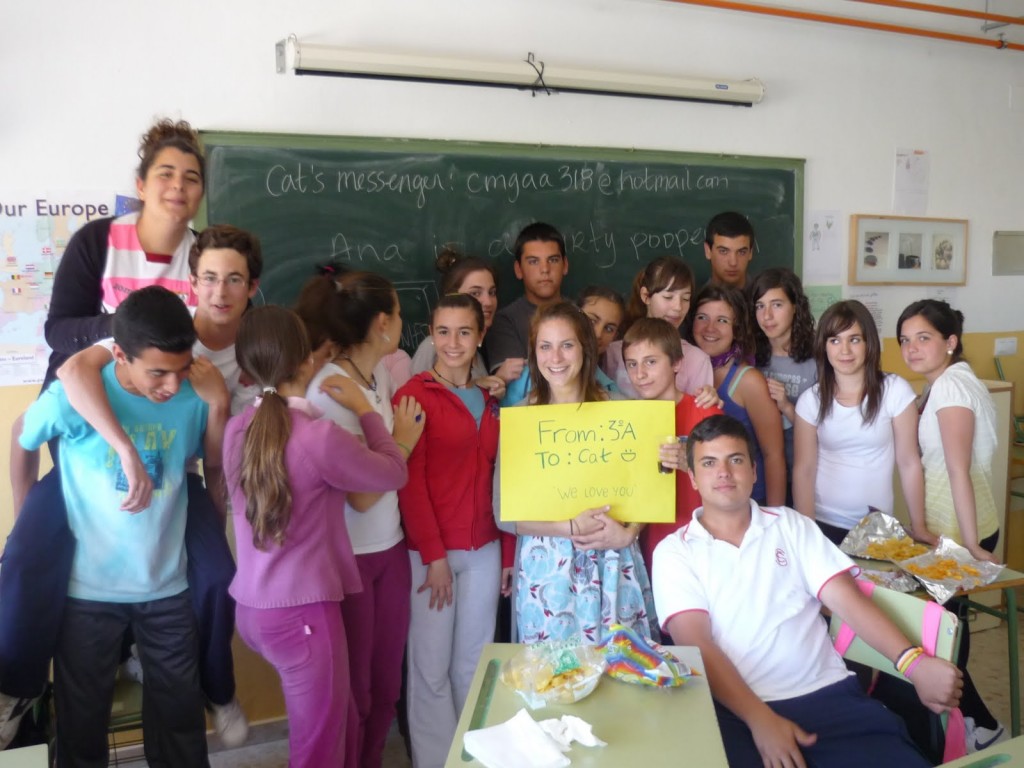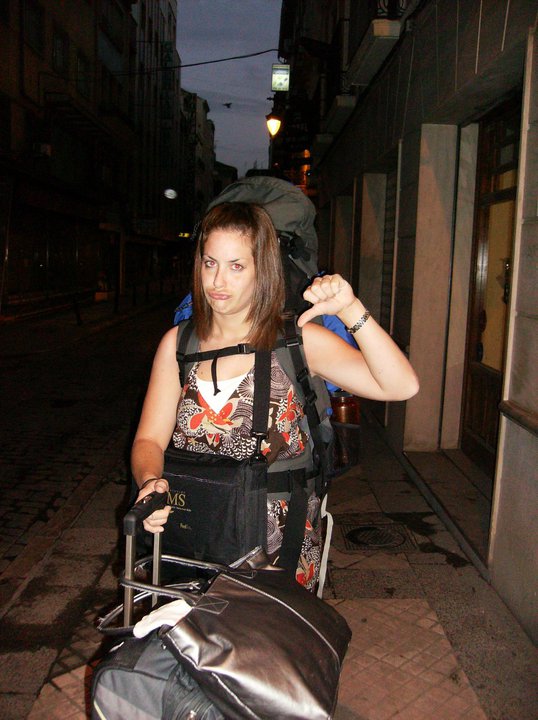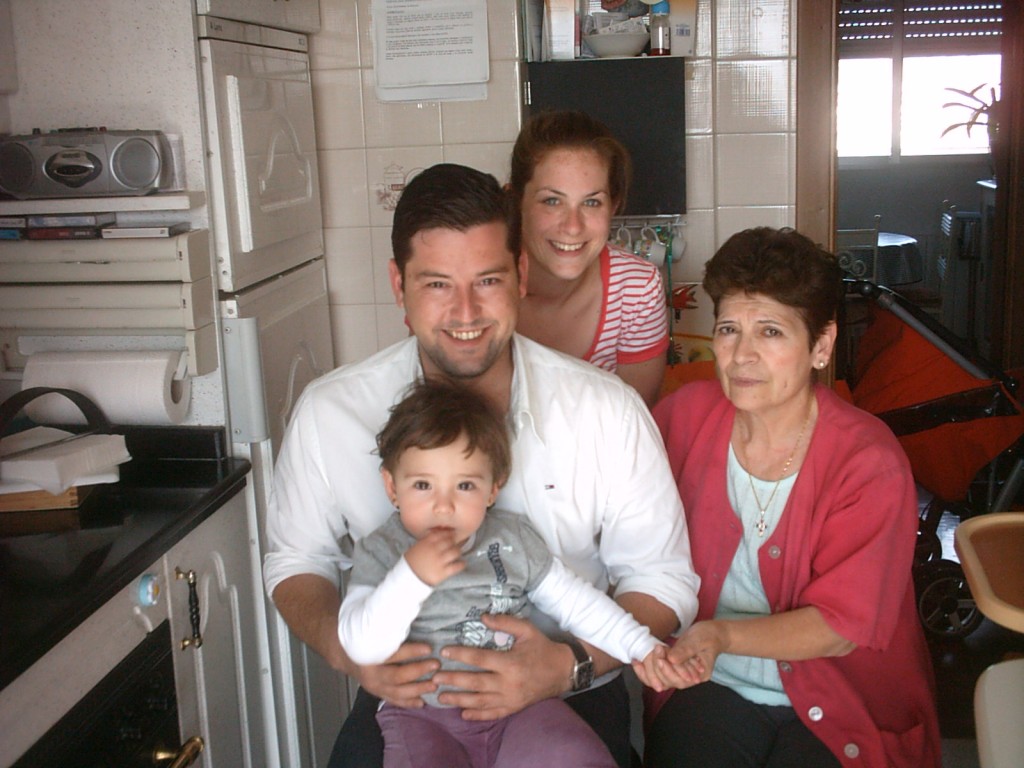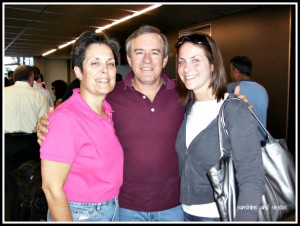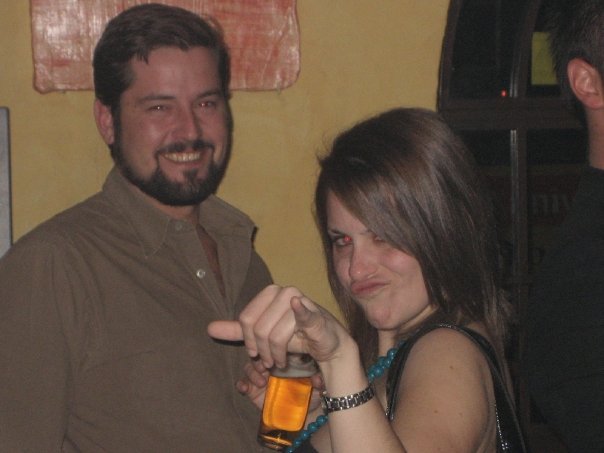Truth be told, Seville was never on my list of places to study, let alone live. My plans included free tapas along Calle Elvira, views of the Alhambra from my window and weekend ski trips to the Sierra Nevada. But the Spanish government had other plans for me, sending me to work as a Language and Culture Assistant in the town of Olivares, 10 miles west of the capital of Andalusia.
In retrospect, it was a disappointment that initially had me thinking twice about my decision, then became perhaps the best choice I’ve ever made. Indeed, it has worked out in wonderful ways: learning Spanish to impress my new Latin amante and take on pesky bank tellers, finding a career choice that I enjoy and leaves me time to blog, facing my fears of living without my family to run to.
But my vida in Seville is more than sunshine and siestas, tapas and trips to the beach. My life is Spain is still life: I have a job that requires my presence, bills to pay, and enough headaches with bureacrazy to make someone’s head spin. Just like anywhere else on earth, I have irksome moments. As much as I love living in Seville, there are elements that make me roll my eyes and utter an Hay que ver (alright, ME CAGO EN LA MAAAAA) under my breath.
The Weather
When I initially moved to Spain, I toyed with the idea of returning to Valladolid. The promise of living with my host family in exchange for English classes seemed too good to pass up, and I have a soft spot for Vdoid and all of its castellano goodness. Then I remembered that I was there during a drought, a far cry from the stories I’d heard of the city of Cervantes turning into a tundra during the winter and early spring months.
Vámanooooh pal South!
While Andalusian winters are much more mild than their Castillian counterparts, the summers are also unbearable. Come May, the city turns into a hide-and-seek from the sun game. Temperatures spike from a balmy 22° Celcius to 35° in a matter of days, which also means that I can’t sleep at night, I take multiple showers a day and gazpacho becomes the basis of my diet.
Air conditioning is non-existent on buses, whereas the Corte Inglés department store is an enormous ice cube that, upon spitting you out and onto the hot pavement in Plaza del Duque, gives you an automatic cold. Just like in Goldilocks, the weather is either too hot or too cold, and rarely just right.
The Transportation
Seville is a sprawling metropolis, at least by Spanish standards. While one can get across the city in about 30 minutes by bike, traffic and frequent bus stops make it an absolute pain to moverse in public transportation. While I usually take my bike or my own two feet everywhere, there are rainy mornings or extremely hot afternoons where I have little choice but to swipe my transportation card.
Seville has oodles of bus lines and a new app that lets you see waiting times and investigate routes as well as one metro line and one light rail. If you’re in the center, you’re well-connected. If you live a bit further away, like me, your options are much more limited, and I often have to pay for a transbordo, or transfer, to be able to get to places like the gym or the Alameda.
I’ve since opted to pay for a Sevici pass, which is a city-wide bike share, paying 33€ yearly instead of the 1,40€ charges by bus or metro. Still, the big bikes are clumsy and not always maintained, and acts of vandalism are rampant. The one bright spot is that Seville is one of Europe’s best cities for biking, so I’m more inclined to hop on my bici to get to work or play.
The Bureaucracy
Ah, yes. The bane of my expat existence. Nothing is ever easy for a little guiri from America, from registering for a foreign ID card to even picking up my mail; it seems that Spain keeps coming up with ways to drain my wallet and make me spend my mornings waiting in line, testing my patience and willingness to be in a relationship with Spain. Is there any doubt as to why my fingers unintentionally write bureaucrazy?
Case in point: my recent tryst with getting a driver’s license. I learned to drive in 2001, and since then have not a parking fine to my name in America. When I rented a car with some friends to drive to La Rioja, the GPS guided us right into a roadside check and a 100€ fine. My suegra proclaimed that getting a driving license was absolutely necessary, and that she would even float the bill (Mujer is a saint, de verdad). Still, I spent two whole weekends in a driving course, had to deal with both my first and middle name being wrong on the theory exam, and am forced to learn to drive stick shift. Turns out, non-EU residents who have lived in the Eurozone for two years or more and required to take both the theory and practical exams. I swear, it never ends. Ever.
Then, or course, there’s the post office: I live not 200 meters from a post office and another 800 meters from another. Still, I was assigned to an oficina de correos that takes me 20 minutes to walk to, and inquiries into how to switch have been met with head shakes and shoulder shrugs. Worse still, any non-certified mail not claimed within 15 days of the original delivery date is returned to sender. I’ve lots checks, books and information packs because of this rule, in many cases can’t be avoided because of my time out of the country during the summer and Christmas.

As an off-shoot, there’s the concept of enchufe, too. An enchufe is an outlet (like where you’d plug your computer in), and it refers to the business deals and underhand deals. Iñaki Undangarín, much? This concept has been both a benefit and a curse to me, giving me jobs and taking me out of the running for others, allowing me to have a great time at Feria (or not). Like in America at times, it’s all about who you know.
The Social Circles
The saying goes that sevillanos are the first to invite you to their house, but then never tell you where they leave. In my experience, making friends with sevillanos, particularly females, is quite difficult. I’ve thankfully got a great group of American female friends, but I’ve found that breaking into social circles in Seville is tough. The Novio has been close with his best friend since they were six – o sea, my whole lifetime. I have many friendships that are still close and have grown even as I moved away and they got married, but I have many more non-Spanish friends than Spanish ones. Plus, a majority of them have come from the Novio and not my own cultivation.
Another pitfall to moving abroad is the inevitable goodbyes when someone moves away – even the Spaniards! When my friends Juani and Raquel moved to Chile a few months back, it was like losing our social coordinators and my little sister at the same time. I remember the dozens of friends I’ve made here who have since moved on or moved back to their home cultures and often wish that they could have stayed. My group of friends often ebbs and flows as the years pass by.
What’s funny is that many of these gripes would be the same if I were living in Chicago – the bitter cold winters and heaps of snow, the expensive CTA system and highways choked with cars during peak times, and the hoops that would no doubt need to be jumped through if I moved back. It’s the kind of thing that I seem to warn bright-eyed guiris about when they first come to live or study in Seville: they’re often fascinated that I’ve been able to make a life here after so much time, but it’s not like study abroad. I’ve experienced grief and loss, heartache and even strep throat, found out I’m allergic to OLIVE BLOSSOMS in one of the world’s foremost producers of olive oil and had many tearful goodbyes.
My friend Kelly, a wise-cracking Chicagoan-turned-sevillana puts it well: if these things happened to us back in Chicago, we wouldn’t bat an eye. Not break ups or headaches would have us on the first plane back to what we know. Life is life here. It’s just Spain being Spain.
Besides, where else is it socially acceptable to drink sherry at noon, stay out until 4am on a school night, have crushes on Gerard Pique despite an extreme dislike for FC Barcelona and use Spanglish as your tongue-of-choice?
Do you have any headaches where you live, or any stories to tell about what you don’t like about your city?
